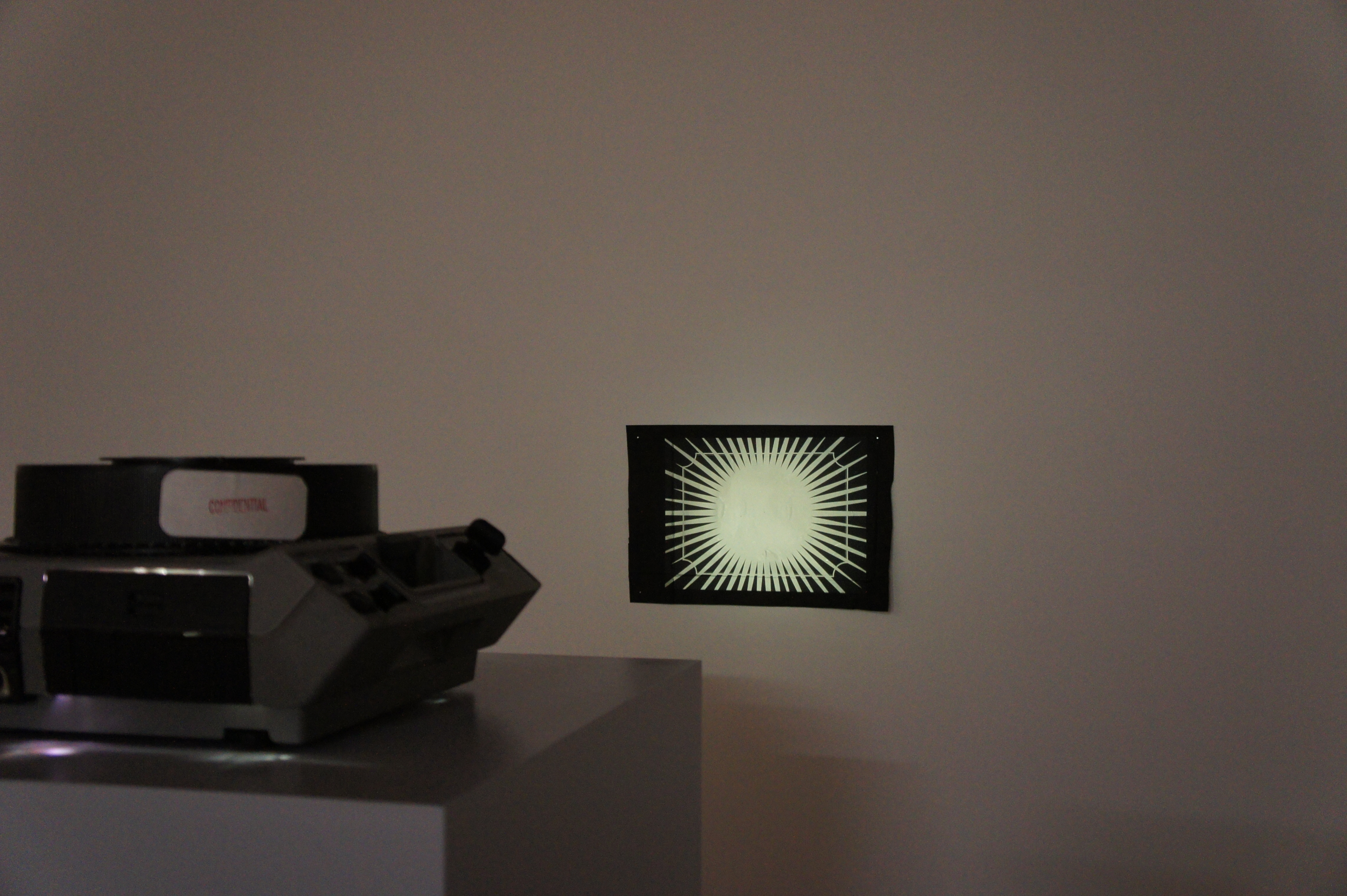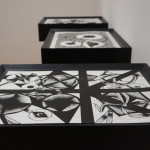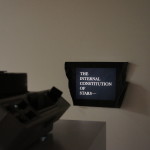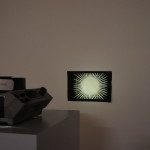
Let’s begin in black and white: opposites whose severe contrast makes legible our most basic differences. What is and what isn’t. What can be seen and what refuses sight. Some might push toward ethics: right and wrong, good and evil. Some might return to the poetic: the nothing that isn’t and the nothing that is. Alex Jovanovich’s art does its work in such opposition, not to lend credence to the ease of judgment, but to show the ways in which our deepest ambiguities exist within the space of contradiction itself. Between black and white—be it by image or be it by word—this art shows us a realm of thought and feeling that exists where we did not think it could: that once airless, once unthinkable space, that one can breathe in, one can think in, only after the line has been drawn that ciphers blankness away from blackness. Jovanovich is a genius of such contradiction. Ambiguity is his accuracy, plethora his muse. Here flowers are light-full, and so seem eyes; and eyes are dark centers, and so seem orifices; and orifices lead within the body, and so introduce us to all within us we could not otherwise see: garters
and ribbons, beauty and bondage, vein’s vanity and vanity’s nerve. What surprises most is not that intimacy and violence occur simultaneously, but that they do so with such fierce tenderness, they do so with such patient longing. Perhaps this is Jovanovich’s gift to us, an old gift, the artist’s ancient inheritance: he shows us how patience is erotic, how calm is filled with longing. And should we become patient, should we find ourselves wanting, then we hear inside what can be said everything that felt unspeakable—just as we find the seed of whiteness in the night’s purest dark—we hear the unspeakable speak.
— Dan Beachy-Quick




